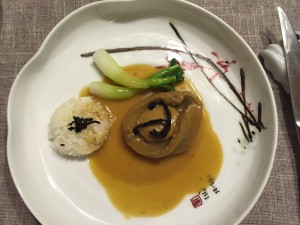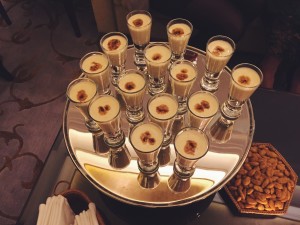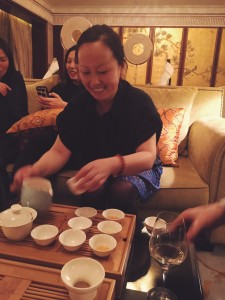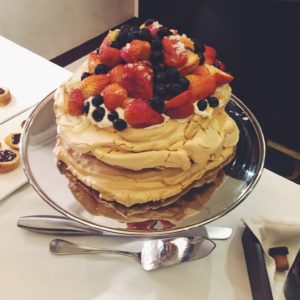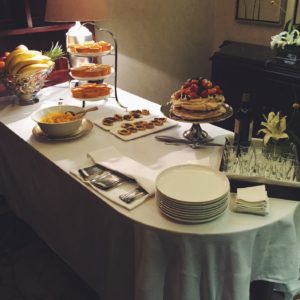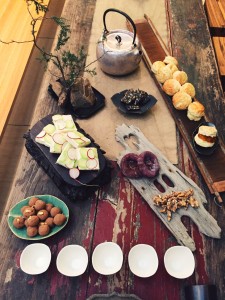 These days in sophisticated circles tea pairings are all the rage, tea sommeliers are sought after and meticulously crafted tea list are appearing in glamorous New York and Paris restaurants and hotels. One would think tea is a new discovery and not a product that frankly has been around for thousands of years. This tea renaissance is not really about the drink itself but about the ways in which tea is drunk in Asia and especially in China. Expect to get tableside matcha (Japanese whisked powdered green tea) service, or gong-fu tea, a traditional Chinese way of preparing and serving tea.
These days in sophisticated circles tea pairings are all the rage, tea sommeliers are sought after and meticulously crafted tea list are appearing in glamorous New York and Paris restaurants and hotels. One would think tea is a new discovery and not a product that frankly has been around for thousands of years. This tea renaissance is not really about the drink itself but about the ways in which tea is drunk in Asia and especially in China. Expect to get tableside matcha (Japanese whisked powdered green tea) service, or gong-fu tea, a traditional Chinese way of preparing and serving tea.
Tea is a truly artisanal product and in China, its birth cradle, there are millenary varieties and a myriad of ceramics and clay pots that enhance the ways to enjoy tea. If you buy some nice oolong and use a plain old mug, you are not going to get the same pleasure as if you had a small tea set and tea tray. I highly recommend that you get an Yixing tea pot (the shapes are so whimsical), a gangwan (lidded cup) or a porcelain or ceramic tea pot and small porcelain white tea cups.
Tea with its amazing nuances and flavors that range from flowers to seaweed has been in the last decades totally eclipsed by coffee and the huge corporations that run its shops. Although the tea market has increased from $2 billion in 1990 to $10 billion in 2014, it is still premature to tell if we will wind up drinking a “double shot oolong with jasmine milk” in a global teashop.
Because I love tea parties I wanted to host a tea party where Chinese teas would be paired with nibbles like they do in the grand hotels of London like the Savoy and Claridge’s but set in a Chinese teahouse. Tong yuan cha she is a Dalian teahouse where every detail has been looked after. From the moment you walk in, you are charmed by its décor and its selection of nicely packaged teas. The way they serve their great quality tea is elegant and peaceful and if you have visited other teahouses or markets before, their style will be a revelation. If you are new to tea this should be your first venture. The owner not only has impeccable taste but also his own tea gardens in Fujian hence various teas come from there. His tea ware is unique with some highly curated tea wares like pottery from Taiwan, porcelain from Jingdezhen and teapots from Yixing both hand-made and semi-hand made.
We choose three teas: Tie guan yin from Anxi, Wuyi rougui (cinnamon bark), an oolong from Wuyi mountain and Pu’er from Yunnan.
Tie guan yin is immensely popular in China. It is a very seasonal and delicate tea that does not age well. It is a borderline green tea even though it is classified as oolong. The English name is Iron Goddess of Mercy. It’s very floral, light and straw color. Its floral notes are astonishing because they are totally natural. Use a gangwan to steep it. Using the Chinese method of steeping tea several times you can probably get 4 infusions out of the leaves.
Wuyi Yan Cha means rock tea from Wuyi mountain in Fujian. It is stronger and closer to a black tea with stone-fruit and spice notes and when you smell the tea pot there is a scent of pipe tobacco that I find irresistible. Do multiple steepings in an Yixing teapot.
Pu’er is a really unique tea with a flavor that comes from the fermentation of the leaves and tastes at first strongly of soil and earth but then mellows. There are many types of this tea we selected “cooked” Pu’er rather than a raw Pu’er, which is more challenging to pair. In Chengdu, famous chef Lan Guijun at his restaurant Yu Zhi Lan serves raw Pu’er cleverly as an aperitif. For “cooked” Pu’er tea you can use an Yixing teapot or a lidded cup. Wash first and throw the water out then do multiple steepings.
The teas were served with quintessentially British scones and chocolate truffles dusted with cocoa, recipes are below. Cucumber and cream cheese sandwiches also added a dash of British coolness.
For a Chinese touch get sunflower seeds, sweet cherry tomatoes and gufaguyuangao or ejiaogao, a cake made from donkey gelatin, a famous and highly prized Chinese medicine ingredient (don’t be squeamish, all commercial gelatin is made from animal bones!), jujube, walnuts, sesame seeds, yellow wine, rock sugar and goji berries.

Chocolate truffles
- 225 grs 70% chocolate, finely chopped
- 1/2 cups heavy cream
- ¼ cup of tea leaves (Wuyi Rougui or Earl Grey)
- 1/2 teaspoon coarse salt
- Unsweetened cocoa powder, for rolling and dusting
Place chopped chocolate in a medium bowl. In a small saucepan, heat cream until it is almost boiling. Take off the heat and add the tealeaves and let it steep 5-10 minutes covered. Strain the cream back onto small saucepan and discard solids. Bring to a boil again. Pour over chocolate, cover bowl with plastic wrap and let stand 2 minutes. Uncover and slowly whisk chocolate mixture until smooth. Mix in salt. Pour into a clean bowl and refrigerate until completely set, about 1 hour. Don’t let it set too hard.
With a teaspoon or melon baller, scoop out chocolate mixture and place on a tray lined with parchment paper. Coat hands with cocoa powder and roll truffles into balls; place on a parchment-lined baking sheet. Refrigerate until set approximately 15 minutes. Put cocoa powder in a bowl and roll the truffles in the bowl until covered. Refrigerate for 30 minutes. Take out the fridge 30 minutes before serving.
Tea scones
- 250 grs all-purpose or cake flour
- 1 tbsp plus 1 tsp baking powder
- ½ tsp salt
- 25 grs sugar
- 40 grs of softened unsalted butter, cut into small pieces
- 1 egg
- 100 ml of milk approx.
Pre-heat oven to 200 Celsius.
Place flour, baking powder and salt in large bowl. Whisk together.
Use your fingertips quickly to cut in butter until mixture resembles coarse meal, with a few slightly larger butter lumps. Stir in sugar.
Beat the egg in a measuring jug. Pour the milk up to the 100ml line. Set aside a tablespoon of this mix for brushing the top of the scones later.
Stir in milk and egg mix to flour mix with rubber spatula or fork until dough begins to form, about 30 seconds.
Transfer dough and all dry bits to the counter or a big chopping board and knead dough by hand just until it comes together into a rough, slightly sticky ball, 5 to 10 seconds. Form the dough into 1 disk and cut out 4cm rounds using a cutter or small glass (dipped in flour to prevent sticking). Gather the trimmings and form a disk again. Cut out scones. Repeat until you have no more dough.
Place scones on baking sheet covered with parchment paper. Brush with egg and milk mixture.
Bake until scone tops are light brown, 10 to 12 minutes. Cool on wire rack for at least 10 minutes. Serve warm or at room temperature. Makes 12 small scones.
Adapted from Mary Berry’s tea scone recipe.

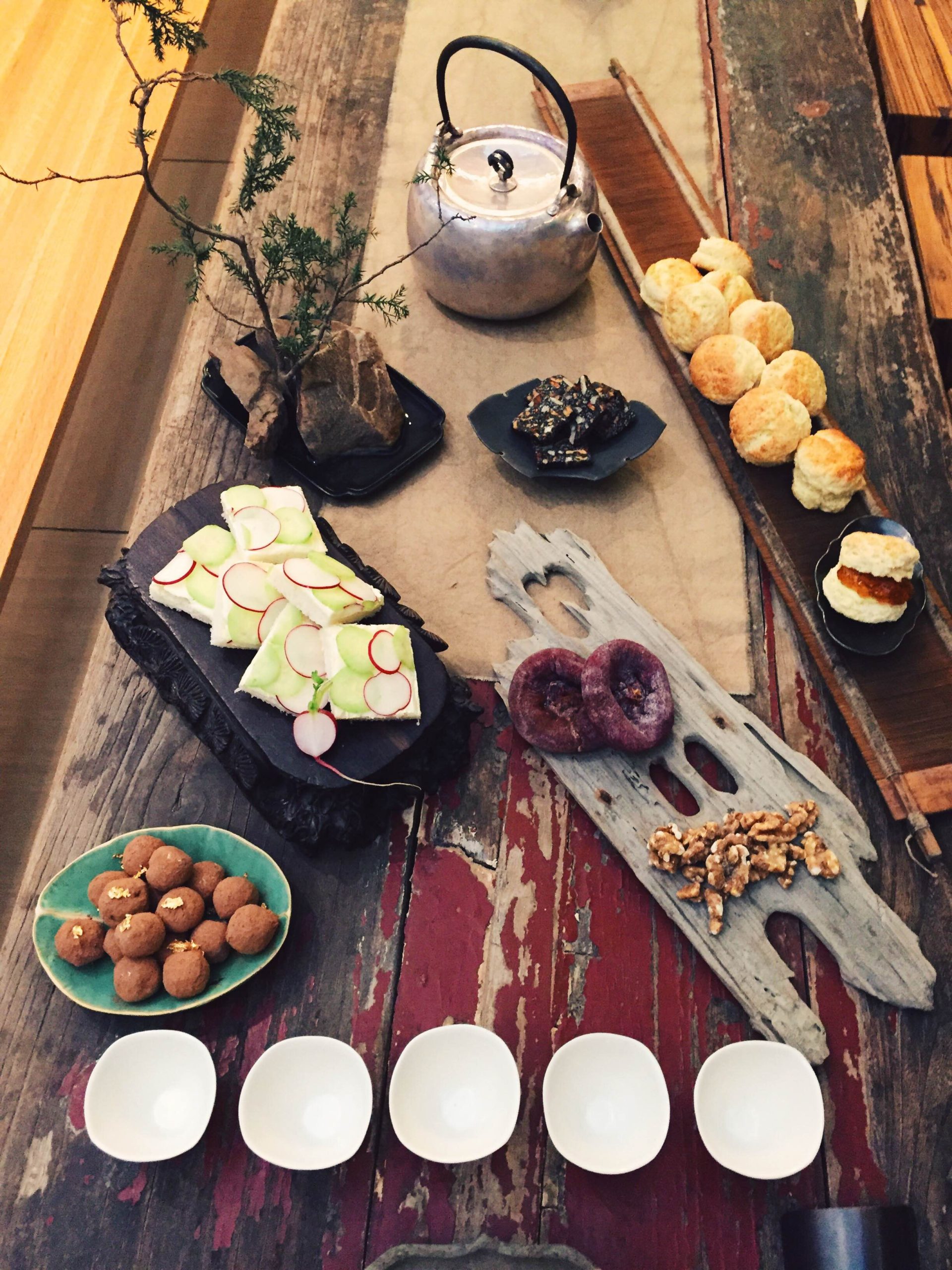
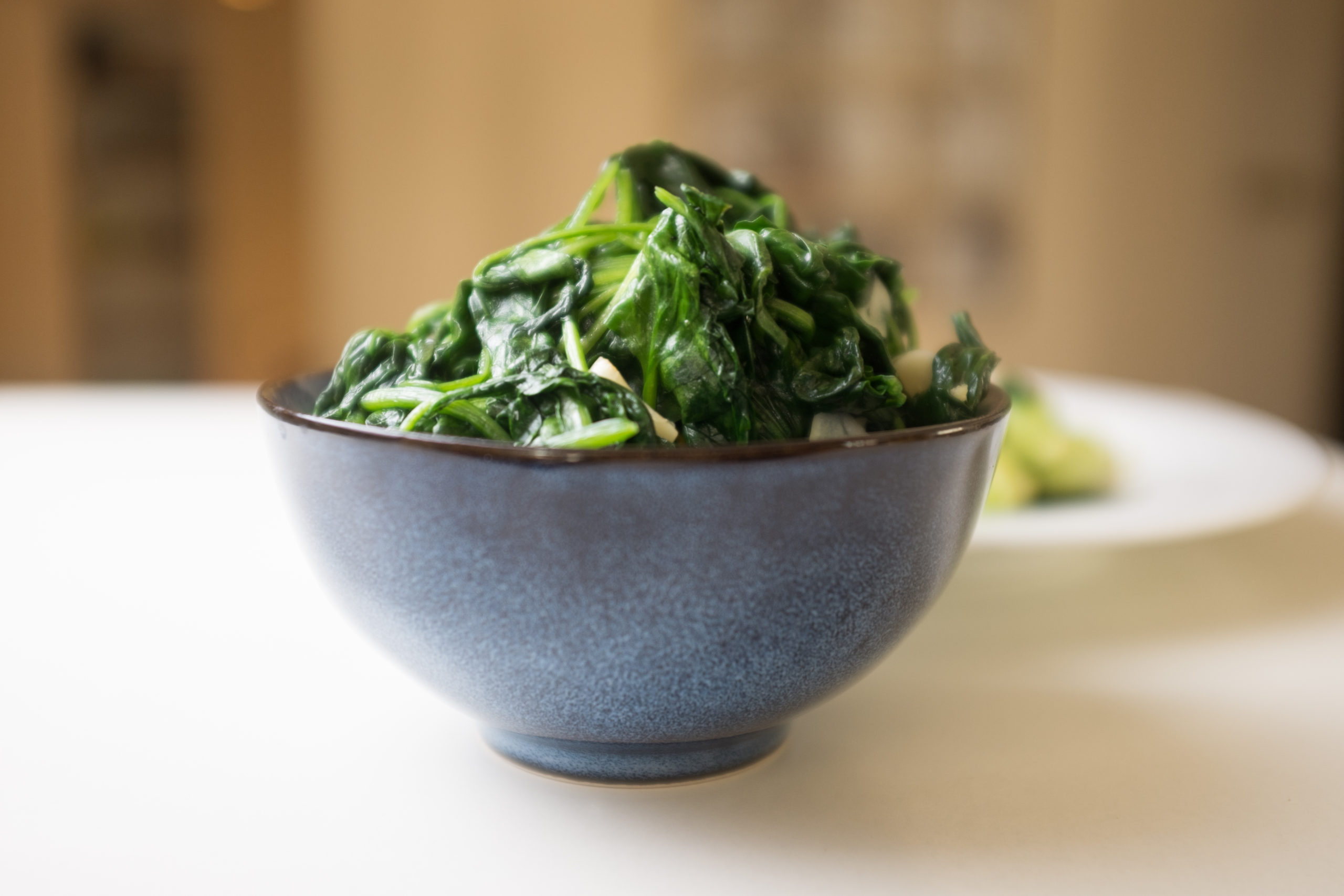

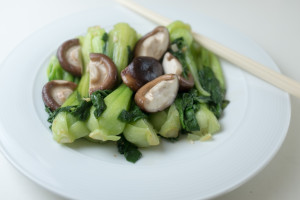

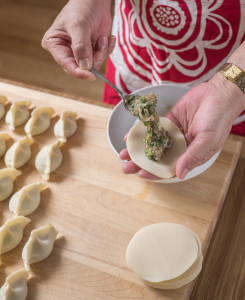
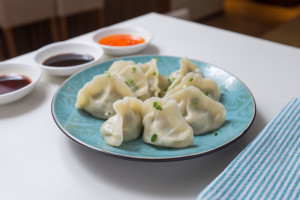
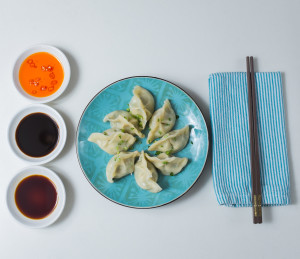
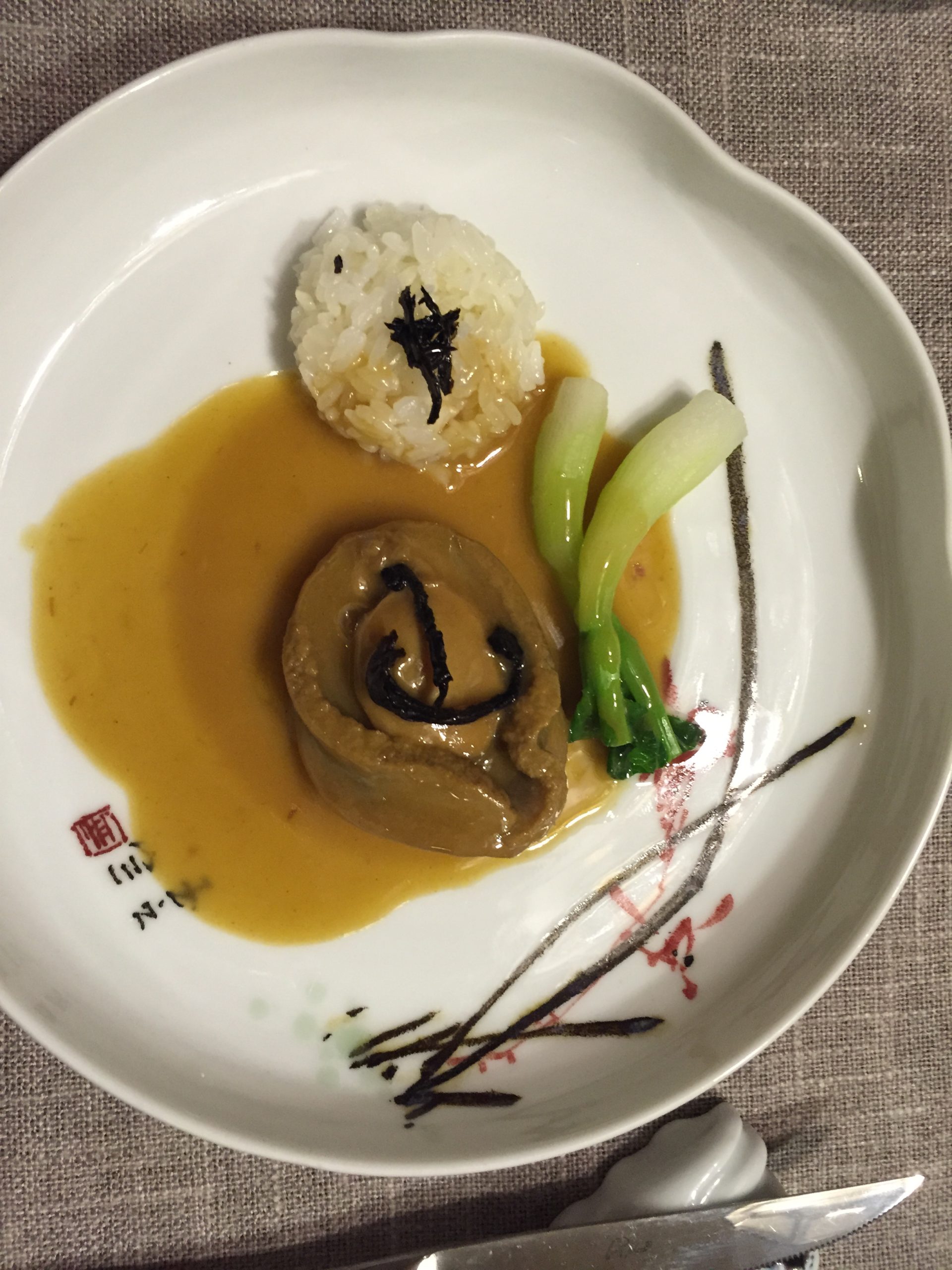
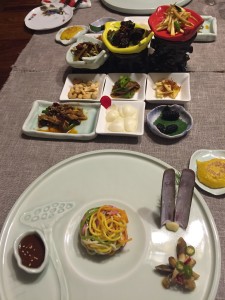 It was all delicious and intriguing but confused in the sense that it was all served at once. Although I find long menus and pontificating snobby waiters exhausting, this was for my liking too compressed. So much history, hard work thrown in one go maybe it should have be less dishes.
It was all delicious and intriguing but confused in the sense that it was all served at once. Although I find long menus and pontificating snobby waiters exhausting, this was for my liking too compressed. So much history, hard work thrown in one go maybe it should have be less dishes.